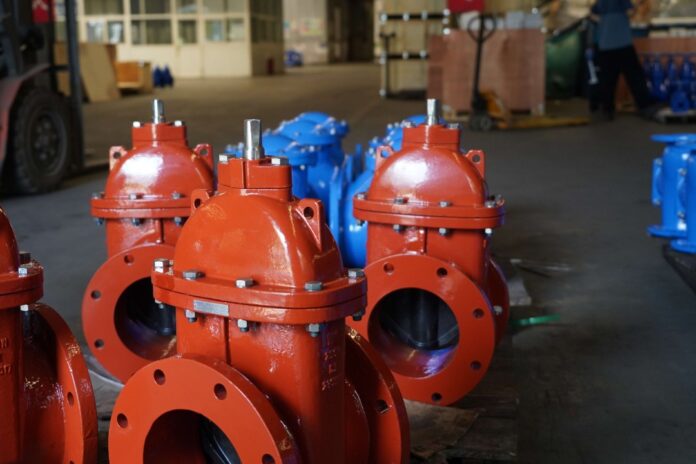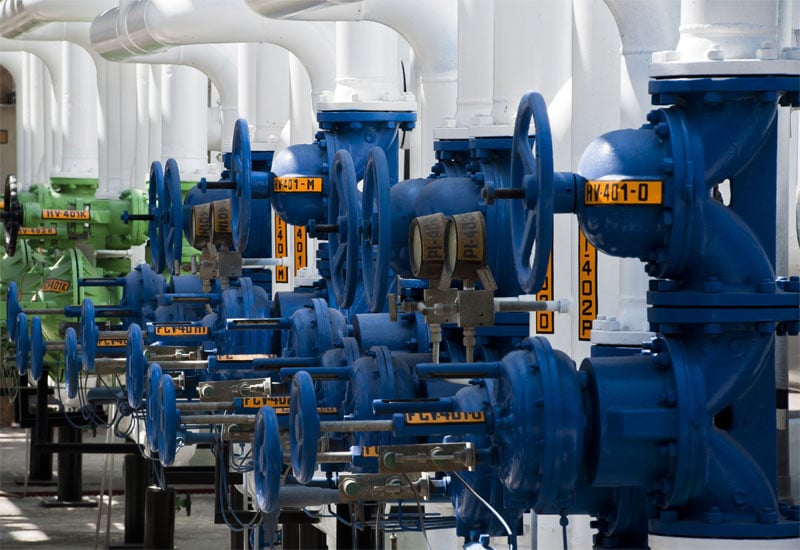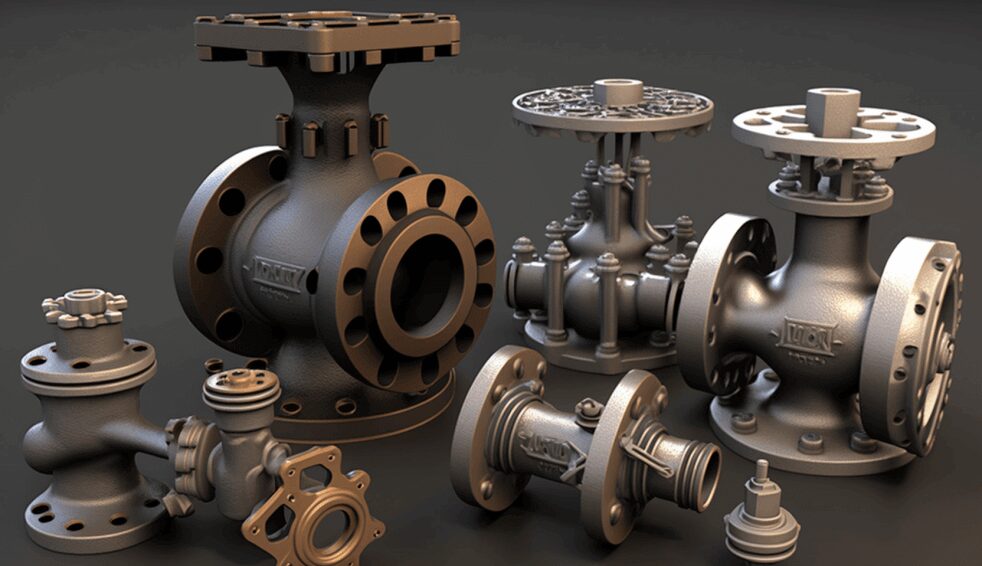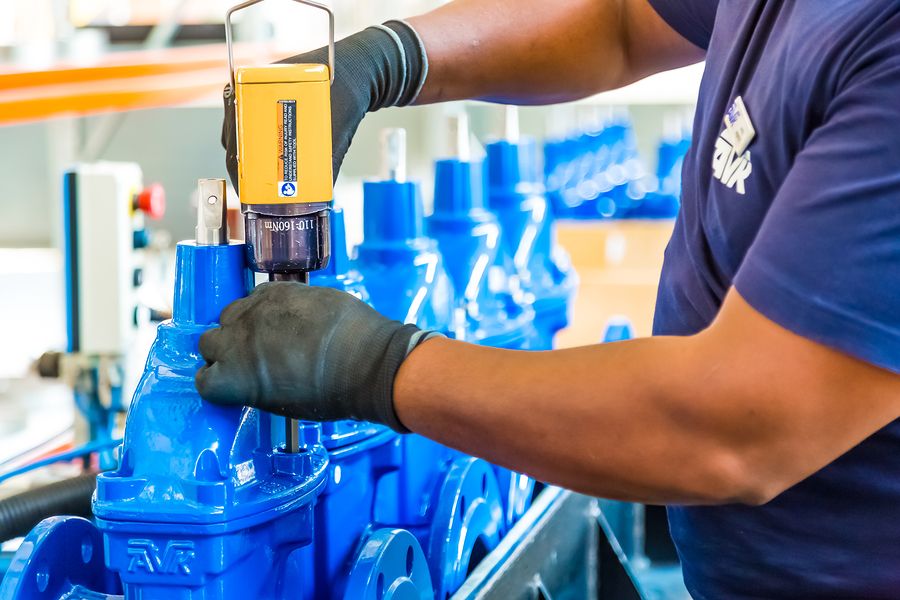
Welcome, esteemed readers, to a deep dive into valve manufacturing. As industries evolve and innovate, the need for precision and reliability in machinery becomes increasingly crucial. Valves are fundamental to numerous industrial applications such as oil and gas production, water management systems, and power generation plants.
It is no secret that these small but mighty devices are vital in ensuring seamless operations and preventing catastrophic failures. In this article, we will delve into the intricate process of producing valves with exceptional quality and what sets them apart from their counterparts. Join us on this journey as we uncover the elements contributing to valve manufacturing excellence.
Begin With Quality
The foundation of producing top-notch valves lies in the quality of materials used. Valves must be built with durable and corrosion-resistant materials to withstand harsh environments and high pressures. For instance, stainless steel is a popular choice due to its strength and resistance to corrosion. Other common materials include brass, bronze, and various alloys.
In addition to choosing the suitable material, manufacturers must adhere to strict quality control processes. It involves conducting thorough inspections and tests on every stage of the manufacturing process, from raw materials to the final product. Any defects or imperfections must be addressed before the valves can proceed in production. A valve manufacturer that prioritises quality control ensures that their products will meet the highest standards and perform reliably in various industrial settings.
Engineering Innovation

The design and engineering of valves are of utmost importance when it comes to their performance and longevity. Engineers must meticulously consider the application and requirements to develop optimal valve designs. For instance, a valve used in high-pressure systems necessitates vastly different design specifications compared to one used in low-pressure systems, considering material strength, sealing mechanisms, and flow characteristics.
The advent of innovative technologies, like computer-aided design (CAD) software, has revolutionized the field of valve engineering. CAD enables engineers to create precise and detailed designs, developing more efficient and effective valves. Additionally, integrating 3D printing technology in manufacturing has further enhanced the industry. It allows for rapid prototyping and testing, enabling engineers to quickly iterate and refine designs, ultimately producing high-quality valves that meet the specific needs of various applications.
A heritage of Craftsmanship
Valve manufacturing is an art that has been honed and perfected over centuries. The craftsmanship and expertise of skilled machinists and technicians are invaluable in producing high-quality valves. From manually operating machines to utilizing state-of-the-art equipment, manufacturers must combine traditional techniques with modern technology to achieve superior results.
Furthermore, many valve producers have a legacy of family-owned businesses that take pride in their craft and strive for excellence to maintain their reputation. This strong tradition of dedication and attention to detail is crucial to producing top-quality valves.
Sustainability Through Efficiency

In today’s rapidly evolving world, sustainability and minimizing environmental impact have become paramount considerations in manufacturing processes. Valve manufacturers must remain at the forefront of innovation, constantly striving for efficiency enhancements that reduce waste and minimize their carbon footprint substantially. We must use sustainable materials, optimize energy usage with cutting-edge technology, and implement comprehensive recycling programs to achieve these goals.
Furthermore, it is worth highlighting that valves themselves play a pivotal role in promoting sustainability across various industrial systems. By their remarkable ability to precisely control flow rates and prevent leaks, valves contribute significantly to conserving precious resources and reducing energy consumption. It leads to tangible cost savings and fosters a more sustainable and eco-friendly operational landscape.
Cultivating Talent
The above elements are only possible with a skilled and dedicated workforce. Valve manufacturing requires diverse skills, including design and engineering, precision machining, meticulous assembly, and quality control measures. With technology constantly advancing, manufacturers must invest in continuous employee training and education, ensuring they stay up-to-date with the latest developments and industry best practices.
Furthermore, fostering a culture of innovation and collaboration within the company is paramount in driving excellence in valve manufacturing. By creating an environment that encourages employees to share ideas and expertise freely, manufacturers can tap into their workforce’s collective knowledge and experience. This collaborative approach leads to continuous improvement in processes and products and cultivates a sense of ownership and pride among employees, driving overall organizational success.
Raising Industry Standards

In addition to producing top-quality valves, manufacturers must strive to raise industry standards. It involves adhering to international codes and regulations and voluntarily implementing additional quality control measures.
By setting a higher standard for themselves, valve manufacturers can differentiate their products from competitors and instill trust in their customers. It also contributes to the overall improvement of the industry, promoting safety and reliability in industrial operations.
The Future of Valve Manufacturing
As industries advance and evolve, the demand for high-performing valves will only increase. Manufacturers must remain at the forefront of engineering innovation and strive for excellence in valve production. By doing so, they can meet the growing demands of various industries while upholding their legacy of precision and quality.
Join us in celebrating the art and science of valve manufacturing, where every component and process comes together to deliver exceptional value and ensure the smooth operation of industrial systems worldwide. Let’s continue pushing the boundaries of what is possible and shaping a better future for industries using valves.








